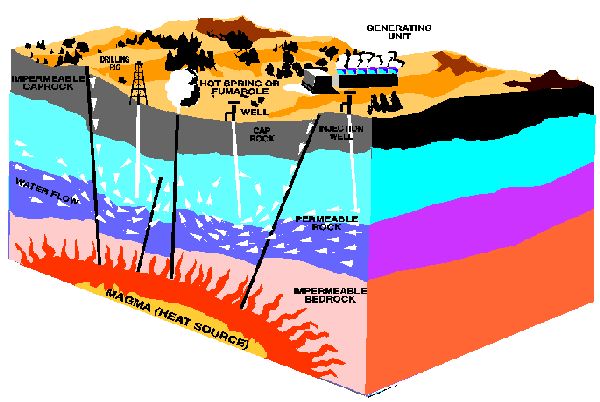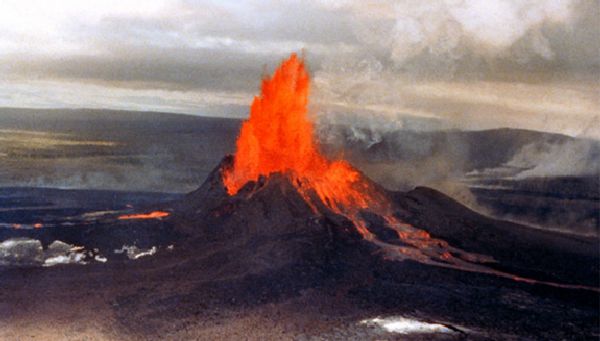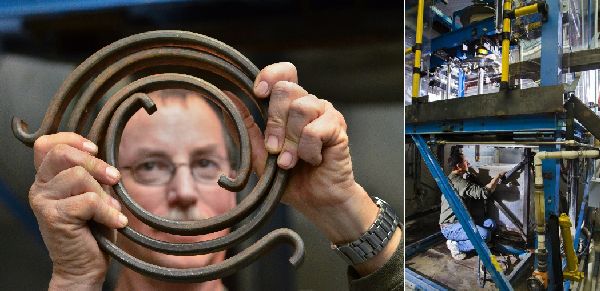Rising population numbers, finite resources and increasing demand for energy has led many countries to seek out alternative fuel sources. The search hasn’t been easy as almost every path is pegged with one problem or the other. Areas that rely on hydroelectricity have to hope for regular rain patterns while those relying on solar energy pray that the sun shines bright enough. As for East Africa, it is looking forward to geothermal energy to meet its power requirements. The proposal has caught the attention of the Kenyan government as well as international investors and it is hoped that the potential solution will see the end of the region’s power woes.

Over half of Kenya’s power is sourced from hydroelectricity, but this is becoming questionable due to erratic weather patterns. KenGen, the country’s leading energy supplier, is looking to harness geothermal energy to cover the citizens’ needs. At present, it produces 13 percent of geothermal power and hopes to expand numbers to 25 percent by the end of this decade.
The idea isn’t new. The UNDP had earlier found that the country witnessed thermal anomalies beneath the East African Rift, which gives rise to hot springs and steam vents. In fact, the inhabitants have for long been taking advantage of what’s beneath their land for running greenhouses and swimming in hot pools.
Measurements of heat flow, geochemical and geophysical properties were taken of the 6,000 km rift to map geothermal wells. An area that was identified is located near the extinct Olkaria volcano and sits on a very thin continental crust. The thin crust is the result of tectonic stretching that causes hot material beneath to rise resulting in high temperatures. The well can produce up to 342 degrees centigrade of heat at depths of 3,000 meters. The water located around the rocks is converted to steam due to the heat and used to operate turbines to produce geothermal power.
To ensure that steam is generated, cold water is pumped into the well, which reacts with the hot rocks. While drilling such wells can be expensive, it’s a one time investment as the cost of harnessing the energy is minimal. Moreover, greenhouse emissions are far lower than those produced by fossil fuels at just 20 percent of that delivered by these non renewable’s. To further bring down CO2 numbers, the gas emitted will be used in greenhouses to aid in photosynthesis.
While the project appears feasible, it isn’t without its share of drawbacks. First, it can take years to map out a suitable location for drilling. Though areas of Kenya have already been mapped, not all East African countries are eager to invest that much time and money. Second, there needs to be a mechanism in place to ensure that harmful gases don’t make their way into the environment. Capturing the gases may be relatively simple, but disposing of them is troublesome.
The Olkara III plant is dependent on international funding. If Kenya and the rest of East Africa were to switch to geothermal energy, it would mean gathering sufficient funds over a long period of time as national banks don’t have the resources. Once that hurdle has been crossed, large swathes of Africa could very likely switch entirely to geothermal energy.
Via: Bluesci




